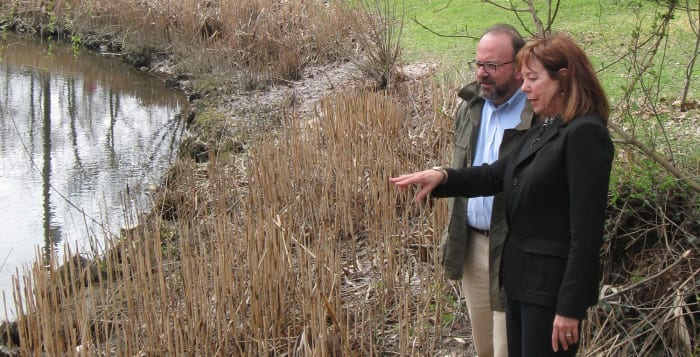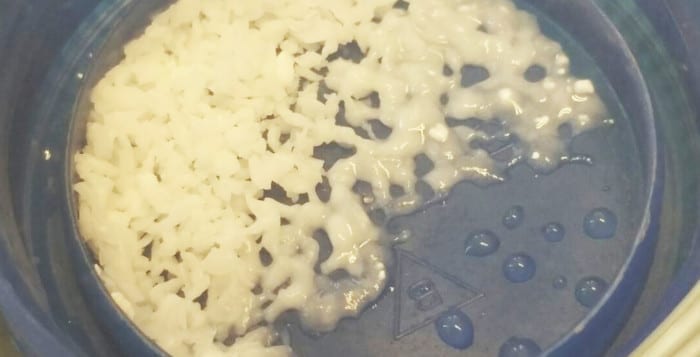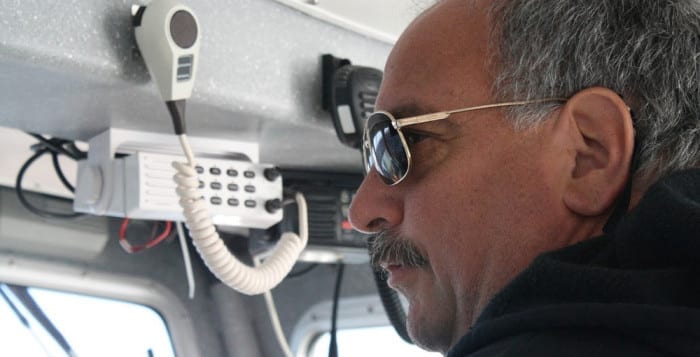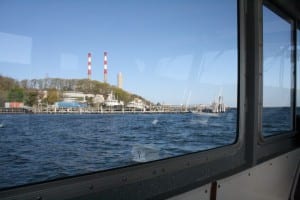By Susan Risoli
Setauket Harbor has a new best friend.
To speak up for this system of bays and ponds, residents have created the Setauket Harbor Task Force. Before the group met at the Neighborhood House Tuesday night, cofounders Laurie Vetere and George Hoffman said the task force can improve water quality and increase accessibility for all who love Setauket’s wetlands.
Stuck between Stony Brook Harbor and Port Jefferson Harbor, Setauket Harbor is an “orphan” that could use some of the attention given to its neighbors, Hoffman said. Stony Brook’s strong harbor advisory committee and vocal boating community, and Port Jeff’s commerce and ferry navigation, ensure that those harbors stay in good shape, Hoffman said.
“And in Connecticut, every harbor has an advisory group,” he said. “We want to be out there to help our harbor.”
Setauket Pond is the first order of business, said Vetere, chairwoman of the task force, and Hoffman, a trustee on its board. This area next to the Se-Port Deli on Route 25A has seen better days.
A walk across the footbridge spanning the pond revealed a silt-choked catch basin below.
The basin is supposed to protect the harbor by filtering oil and trash from storm water road runoff, they said, but it’s no longer doing its job.
Vetere gestured to debris and fallen trees littering the water. If the task force can clean up the pond, Vetere said, “I want to see increased boating, kayaking, paddle boarding. Maybe creating a blueway trail that could be historic,” in recognition of George Washington’s colonial spies, who snuck in and out of the harbor with secrets.The task force has formed a not-for-profit corporation so it can apply for federal and state grants, Vetere and Hoffman said.
The group also wants to train volunteers to become “water guardians,” monitors who would test Setauket waters regularly for bacteria and nitrogen levels. They said they want volunteers for a “visioning committee” on the harbor’s future.
Hoffman and Vetere said the task force could use volunteers to help with a planned “Setauket Harbor Day.” Getting a state-issued permit to cut back the phragmites — a non-native species of tall reeds that has all but taken over the shoreline — is another priority, Hoffman said.
About 45 people gathered Tuesday night at the Setauket Neighborhood House to learn about the task force’s plans and to hear what speaker Eric Swenson, executive director of the Hempstead Harbor Protection Committee, shared about successful efforts to restore water quality and shellfish harvesting there.
Hempstead Harbor is a success story, Swenson said, because its protection committee is a collaborative effort between citizens, villages, towns, county government, and scientists.
Advising Three Villagers to network in similar fashion, Swenson said, “You’re not a harbor unto yourself.”
Suffolk County Legislator Kara Hahn (D-Setauket) and Town of Brookhaven Councilwoman Valerie Cartright (D-Port Jefferson Station) were at the meeting.
“Know that I am an ally and I will continue to work towards us improving the harbor,” Cartright said.
Hoffman said the Setauket Harbor group hopes to meet several times a year. Their harbor has its challenges, he said, but “it’s not too late to fix this.”










